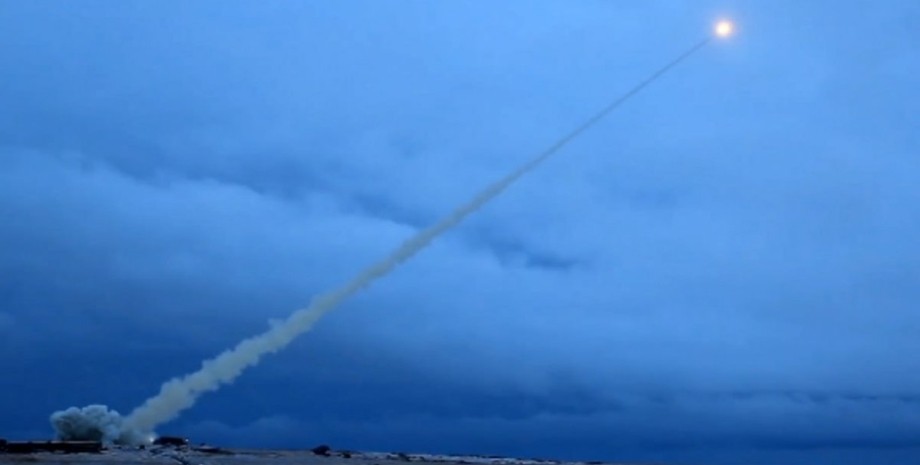
 By Eliza Popova
By Eliza Popova
According to the researchers, most modern developments of Russian MIC are Soviet technologies. Among other things, the X-47 "dagger" began with a project of 79m6 "Contact", and "Sarmat"-the modernization of the R-36. This is also true of the winged rocket with a petrel nuclear engine. The idea of developing a winged rocket with a conditionally "unlimited" flight range thanks to a nuclear engine is not new.
In the 1950s, strategic bombers with reactors were simultaneously developed in the US and the USSR. In the USSR, a better project of Tu-119 and a promising Tu-95 Lal, which made 34 departures with the reactor on board in 1961. The idea was to install four NK-14A engines on the aircraft, in which the combustion chambers would be the heat exchangers of the reactor with a liquid storage carrier.
During flights, the reactor was only switched on to develop biological protection and check his working modes. Then went the development of KB Myasishchev and KB Antonov. Atomic engines were planned to be installed on the AN-22 and An-124. The work on the NK-14A appeared in the work because it was a reactor on liquid metal. There were also projects of turbouoable atomic engines that were to work in a closed cycle.
But the engineers could not even finish the "dirty" project of the NC-14A, which to reduce radiation contamination during takeoff and planting to switch to ordinary fuel. The problem was in the unreliability of such a system, in particular, if the metal coolant cooled, then solid. Two units of military equipment with such reactors-submarines K-27 and 705 (K) "Lira"-were accidents, but they were still rescued.
The Russian Federation has other projections with a liquid metal carrier, but the most promising of them (Brest-300-reactor for a power plant), according to plans, should release the first sample by about 2029. Another diagram of the nuclear engine "Atomolum" does not require liquid metal as a heat exchanger. It's about a direct-flow air-reactive engine with a nuclear power plant. It is the simplest jet engine without moving parts.
In the 1950's and 1960s, a similar Pluto project was developed in the United States. Two Tory II reactors were created, they were protested in practice, and they were able to prove their performance. They were intended for the Supersonic Low Altitude Missile Slam - SLAM with a starter weighing 27 540 kg. The work on it began in 1955. This should be a rocket of unlimited range (according to calculations, 182 thousand km, or 4. 5 equator).
Due to the low -high flight and speed of 3 Mach, it had to move the unpredictable trajectory and attack the USSR - to drop up to 26 nuclear charges during flight. The reactor was relatively small (in the Tory II-C version): length-2. 6 m, diameter-1. 45 m. That is, it was a rather viable concept, given that it was the 60s. But the engine was extremely "dirty" and left the radioactive footprint. This system was designed to exchange nuclear strikes for the end of the world.
In the USSR it was planned to create a project "Storm" with a similar engine. The atomolt project on its basis was a separate designation - "375". The engine was to be developed by experts with OKB-670 under the chairmanship of M. Bondariuk. But it didn't work out. The development of Pluto in the United States was rolled up, and earlier a similar fate was beaten by the Soviet "storm" with ordinary engines.



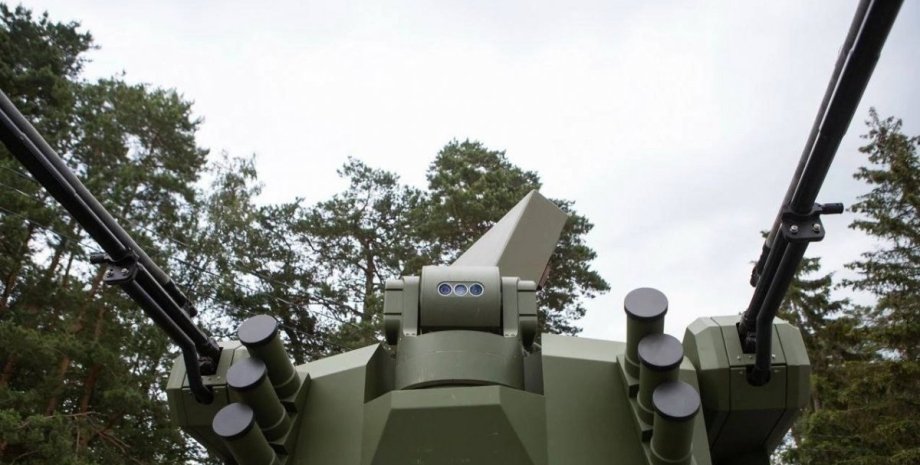

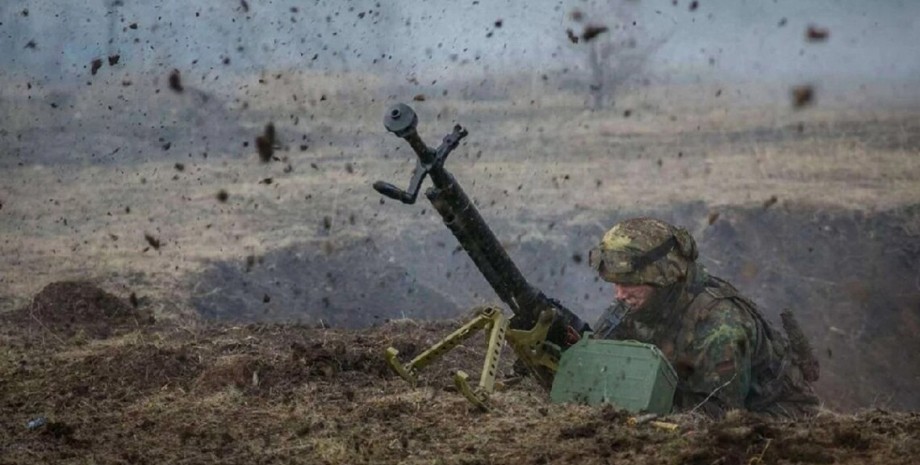

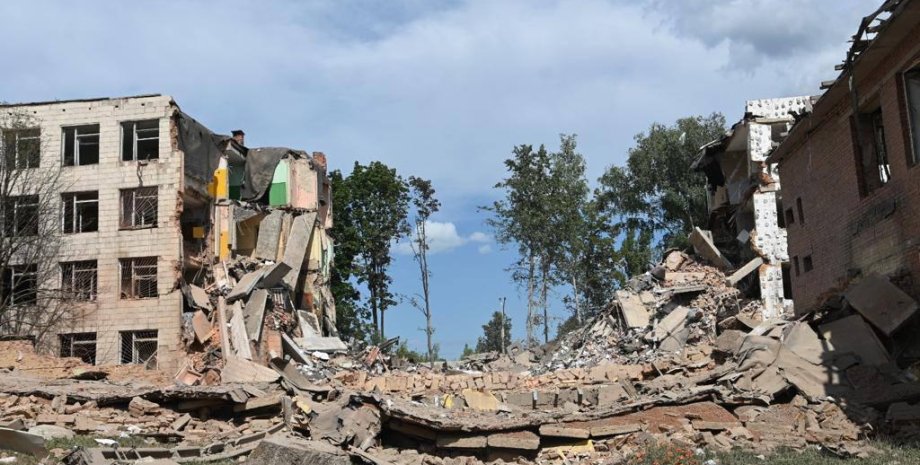
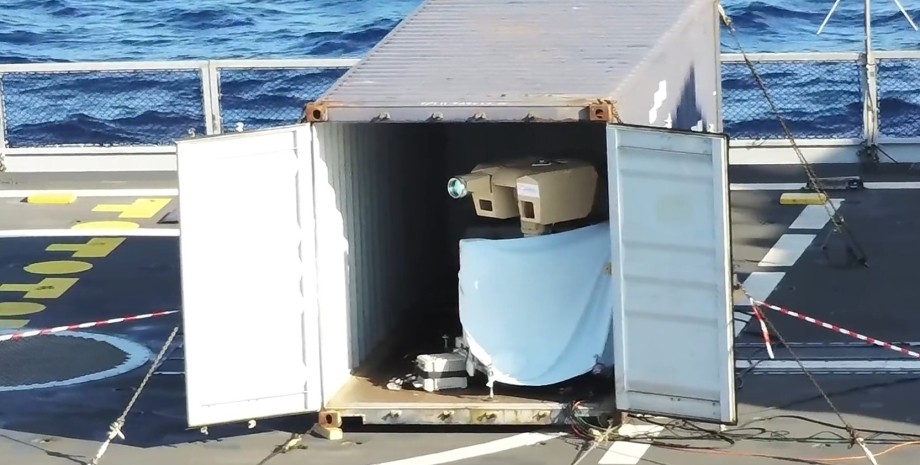

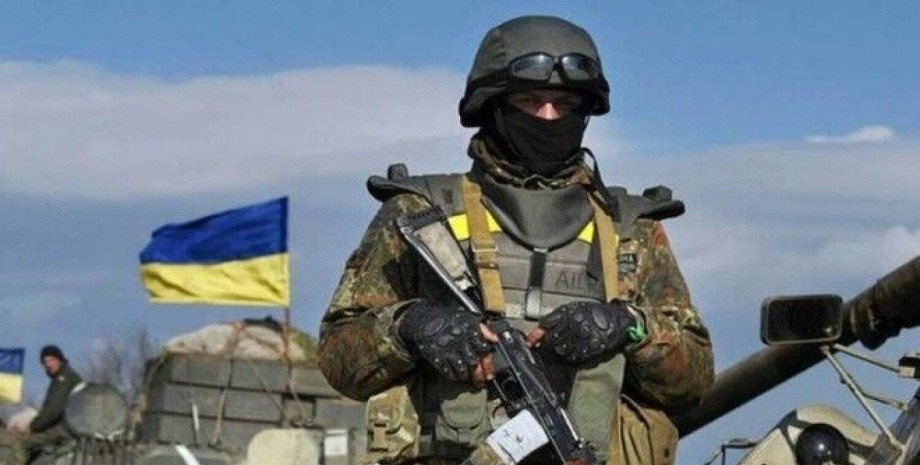
All rights reserved IN-Ukraine.info - 2022